When It Pours: Why Smart Stormwater Management Is Essential for Your Home
Topic:
Home Maintenance
When the Rain Won’t Let Up
If you live in Medfield or the surrounding towns, you’ve probably noticed that our rainstorms aren’t what they used to be. Gentle spring rains now feel more like a flash flood. Streets fill quickly, storm drains struggle to keep up, and older gutter systems frequently fall behind.
These aren’t just seasonal annoyances—they’re signs of a changing climate and a growing need for thoughtful stormwater management. And for local homeowners, the stakes are higher than ever. If you have an older home, finished basement, or live near wetlands or impervious surfaces like paved driveways and sidewalks, heavy rain poses a real threat to your foundation, siding, and overall property health.
At Mitchell Construction Group, we’ve seen the damage that occurs when stormwater runoff isn’t properly directed away from the home. But we’ve also witnessed how a few smart, preventative steps can make a significant difference. Whether you’re planning a renovation or simply want to protect your investment, understanding stormwater management is more essential than ever.
The Rising Threat: More Rain, More Risk
The data backs up what most homeowners already feel: New England storms are becoming more intense—and more frequent. According to the EPA, nine of the top ten most extreme single-day rainfall events in U.S. history have occurred since 1995. And in our own region, the Northeast has seen a 55% increase in precipitation during the heaviest 1% of storms from 1958 to 2016.
Medfield sits squarely in the heart of this trend. Gutters, grading, and drainage systems that once seemed fine may no longer be enough to protect your home—or your local watershed. Without a clear stormwater management plan, excess rainfall can lead to stormwater discharges that carry pollutants directly into storm drains, wetlands, and the sewer system.
While basement flooding grabs immediate attention, many of the most serious issues we see start on the exterior: siding and trim staying wet, walkways washing out, and mold thriving in areas that never fully dry. And it’s not always one major storm that causes problems—it’s the compounding effect of smaller issues that go unchecked over time.
 Gutters: Your First Line of Defense
Gutters: Your First Line of Defense
When it comes to keeping stormwater discharges away from your home, your gutters do the heavy lifting. But they only work if they’re up to the task.
Common issues we see include:
- Clogs from leaves and debris
- Leaky joints or sections pulling away from the house
- Undersized systems that can’t handle today’s stormwater runoff
Even if your gutters look fine from the ground, they could be overflowing during storms or dumping water in all the wrong places. That’s why we recommend cleaning them twice a year—ideally in May and November—even if you have gutter guards. And for homes with heavy tree coverage, quarterly cleanings may be necessary.
More importantly, older five-inch gutters simply can’t keep up with today’s rainfall. We now recommend six-inch gutters as the new standard—paired with wider downspouts and a drainage plan that’s tailored to your roof’s pitch and materials. Slate, metal, and high-pitch rooftops shed water much faster than asphalt shingles, which means your gutter system has to be designed with those dynamics in mind.
At Mitchell, we assess the entire gutter and stormwater management system—not just replace what’s there. We map out the rooflines, evaluate downspout placement, and look for smarter ways to move water away from your home.
Grading and Drainage: Moving Water Away from Your Home
Gutters are just the start. Once that water comes off the rooftops, where it goes next is just as critical.
Proper grading ensures that rainwater flows away from your foundation—not toward it. If water is pooling near your home, it’s only a matter of time before it seeps into the basement, saturates the soil, or threatens your groundwater quality.
When we assess a property, we look for signs of poor grading, and depending on what we find, we may recommend solutions like:
- French drains to capture and redirect surface water
- Dry wells to handle runoff near driveways or low points
- Rain gardens—plant-based drainage zones that help absorb and manage large volumes of water naturally
In towns like Westwood, Sherborn, and Dover, where conservation commissions are involved, these solutions are sometimes required to move forward with any remodeling or site work. These systems are also essential in reducing stormwater pollution caused by runoff across impervious surfaces.
And don’t forget landscaping: shrubs or trees that are too close to your home trap moisture and prevent siding from drying properly. Over time, that leads to rot—especially in shaded backyards that never get direct sun.
 Hidden Risks: Water Intrusion and Long-Term Damage
Hidden Risks: Water Intrusion and Long-Term Damage
When water sneaks into your home over time, the damage is often invisible—until it’s expensive.
Water can slowly soak into your roof deck, siding, or trim for years before showing up as visible damage. One freeze-thaw cycle in winter can cause cracks, gaps, and eventually open the floodgates—literally.
Some of the common signs and consequences we see:
- Peeling paint and unsealed gaps around windows and trim
- Mold and mildew growth in shaded or damp areas
- Rotted clapboard siding from deferred maintenance
- Structural degradation, energy loss, and even polluted groundwater
The cost difference between preventing damage and repairing it is significant. A full exterior paint or stain job might run $40K—but letting that slide could mean $100K+ in siding replacement down the road. We've seen homes let go for so long that full teardown becomes more economical than repair.
The bottom line? Small, consistent maintenance costs less than big, deferred fixes—and helps limit stormwater damage along the way.
What Proactive Homeowners Are Doing Now
The good news? There’s plenty you can do to stay ahead of water problems.
Here’s what we’re seeing proactive homeowners invest in:
Professional assessments
Our first meeting with any client is always an assessment. We walk the property, point out what we see, and share what to watch for in the months and years ahead. It’s a long-term mindset—rooted in education, not sales.
Storm-ready solutions
Whether it’s a sump pump in your basement or a battery backup system to handle power outages, homeowners are thinking ahead. As storms become more unpredictable, so should your emergency prep.
Designing for resilience
Whether we’re remodeling an addition or regrading a yard, we always consider how water moves across and around your property. That kind of planning upfront can make the difference between peace of mind and polluted storm drains.
Stay Dry. Stay Safe. And Protect Your Home
We’re seeing more rain, more stormwater discharges, and more at risk—especially in older homes built without today’s stormwater management standards in mind.
Smart design, consistent upkeep, and early intervention can help protect your home, your neighborhood, and your watershed. Whether it’s gutters, grading, impervious surfaces, or drainage systems—your choices today have a big impact on your home's resilience and our shared environment.
Want a professional set of eyes on your property?
We’re here to help you spot risks early and plan a stormwater management plan that fits your home and your budget. Looking to address stormwater management at your home? Reach out to our Exteriors and Maintenance division for that and other home maintenance items.
To learn more about home maintenance, please download our eBook - Home Maintenance: This is How Professionals Do It.


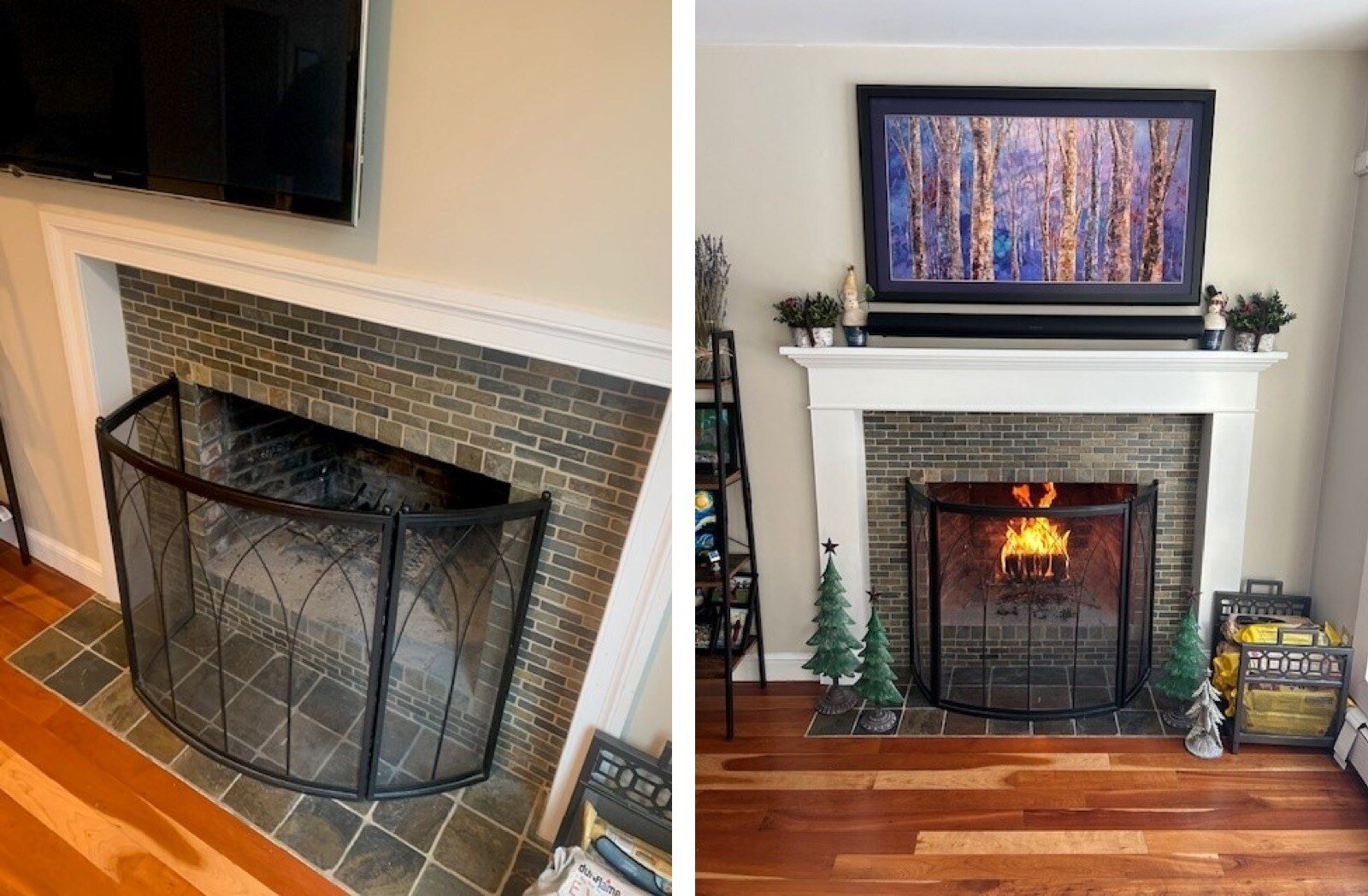
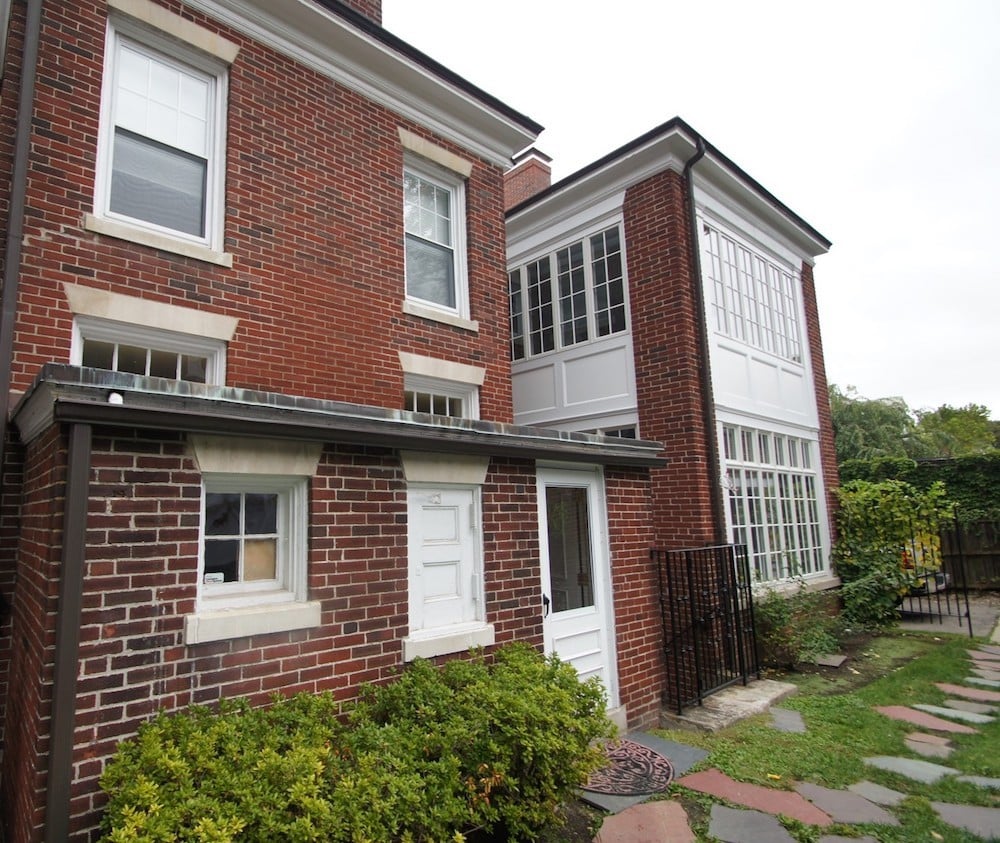
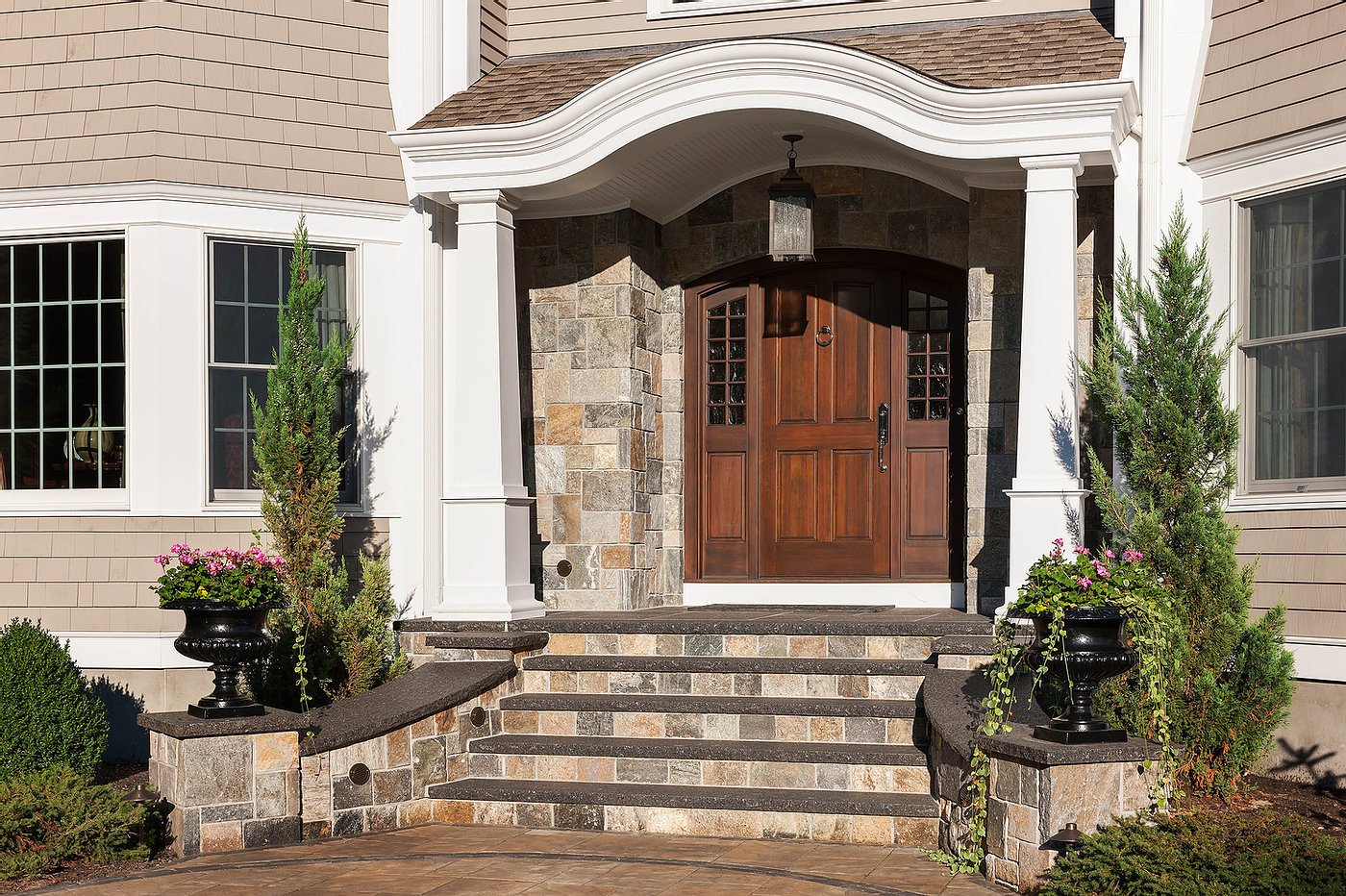
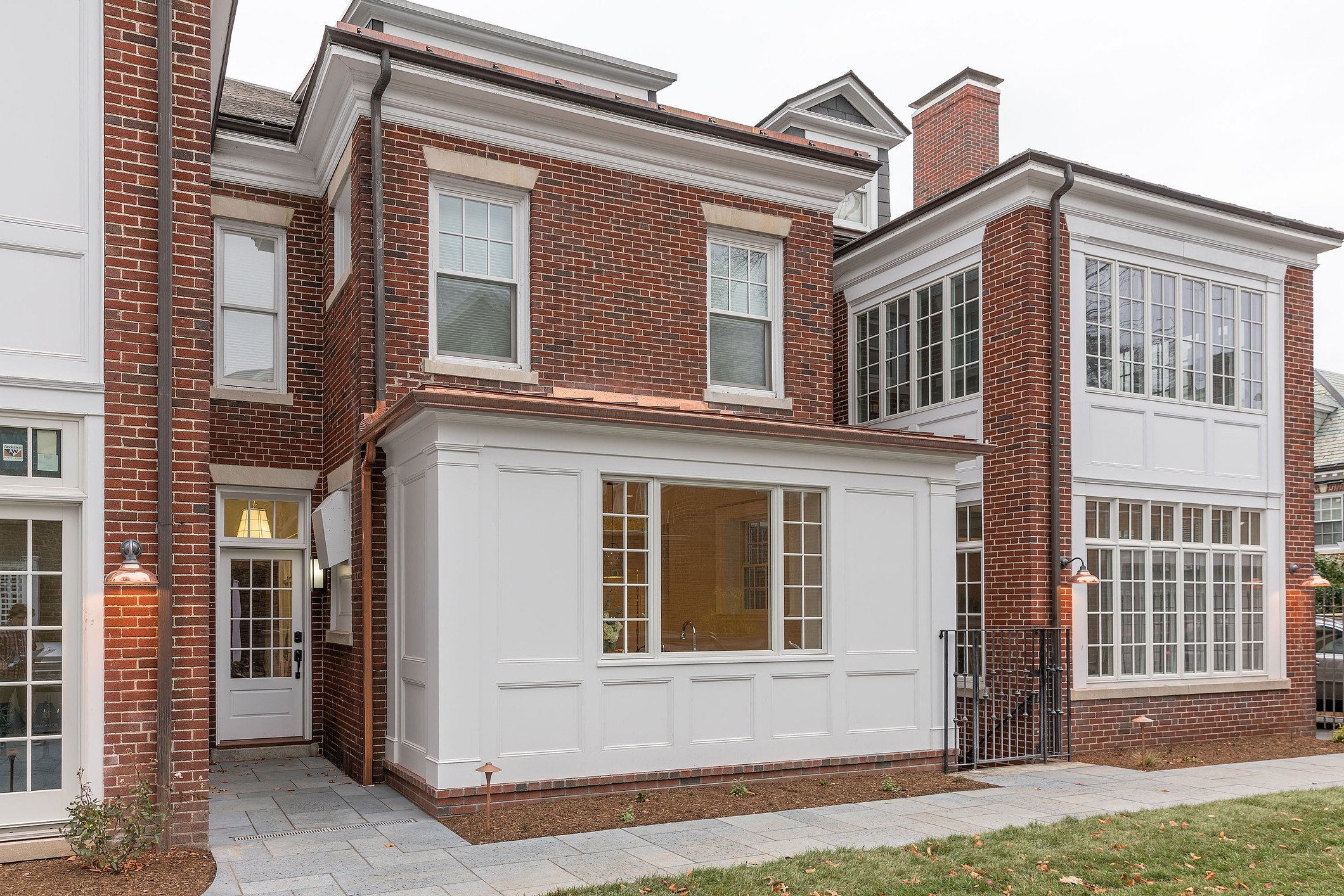

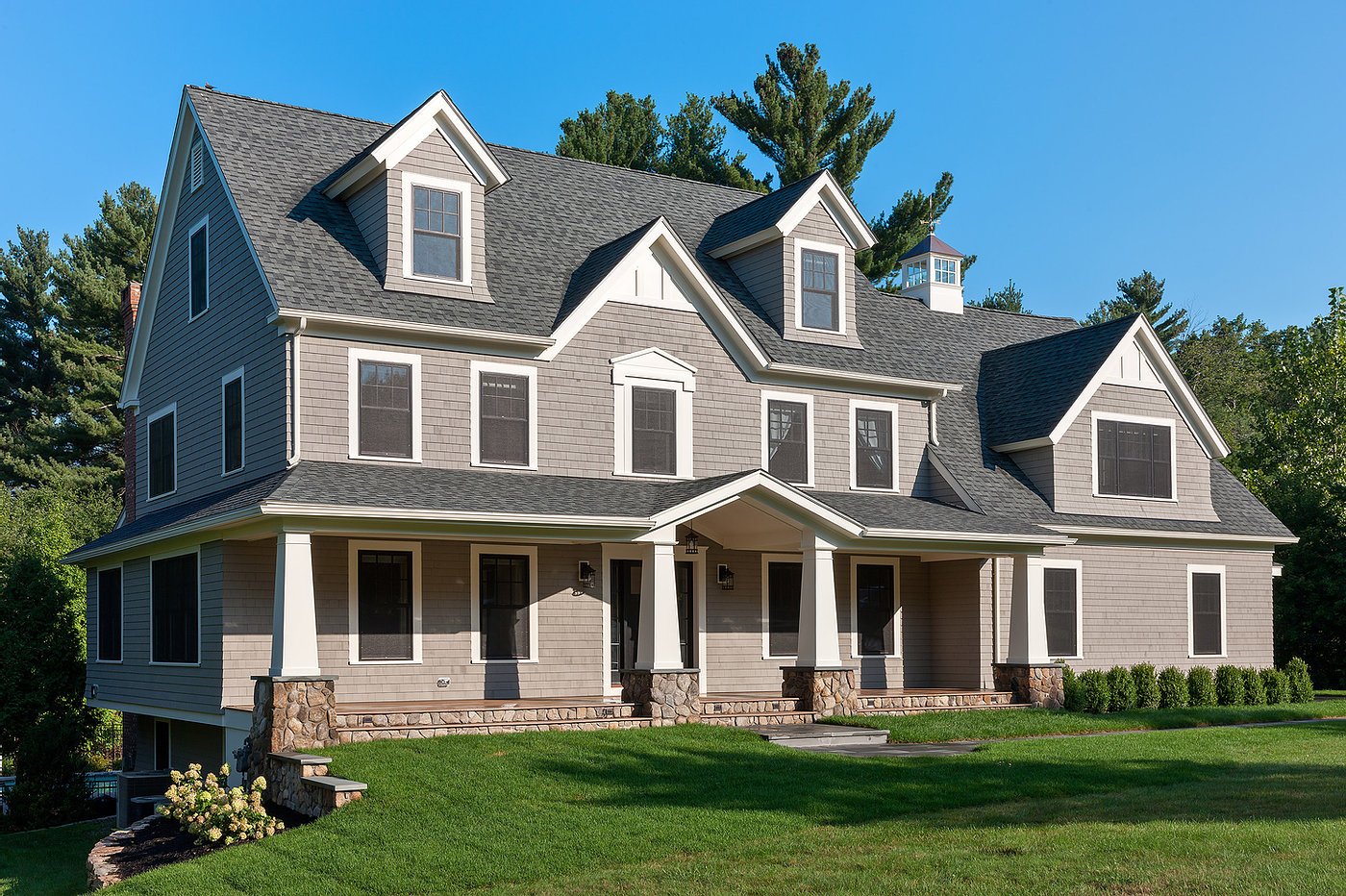

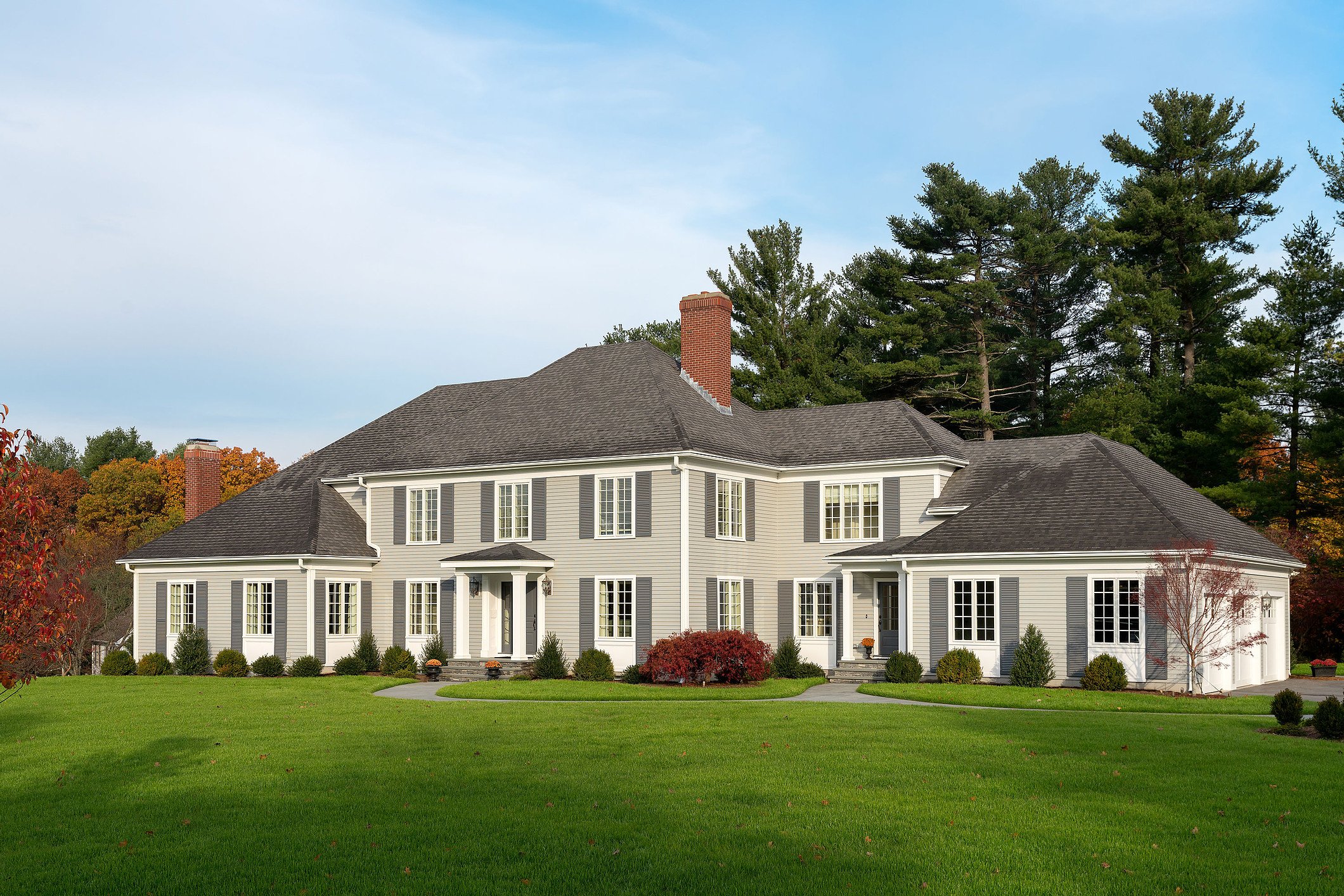
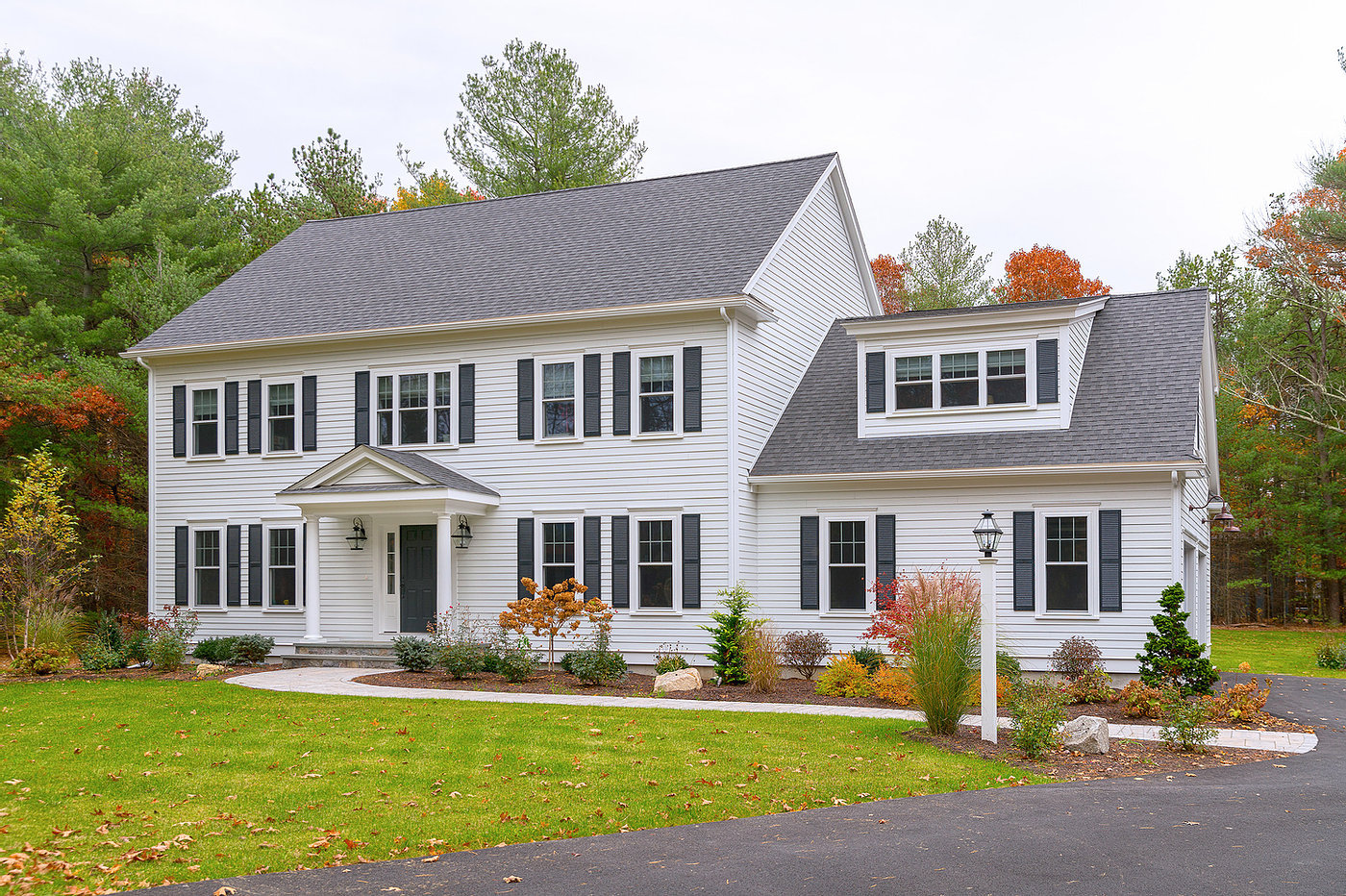
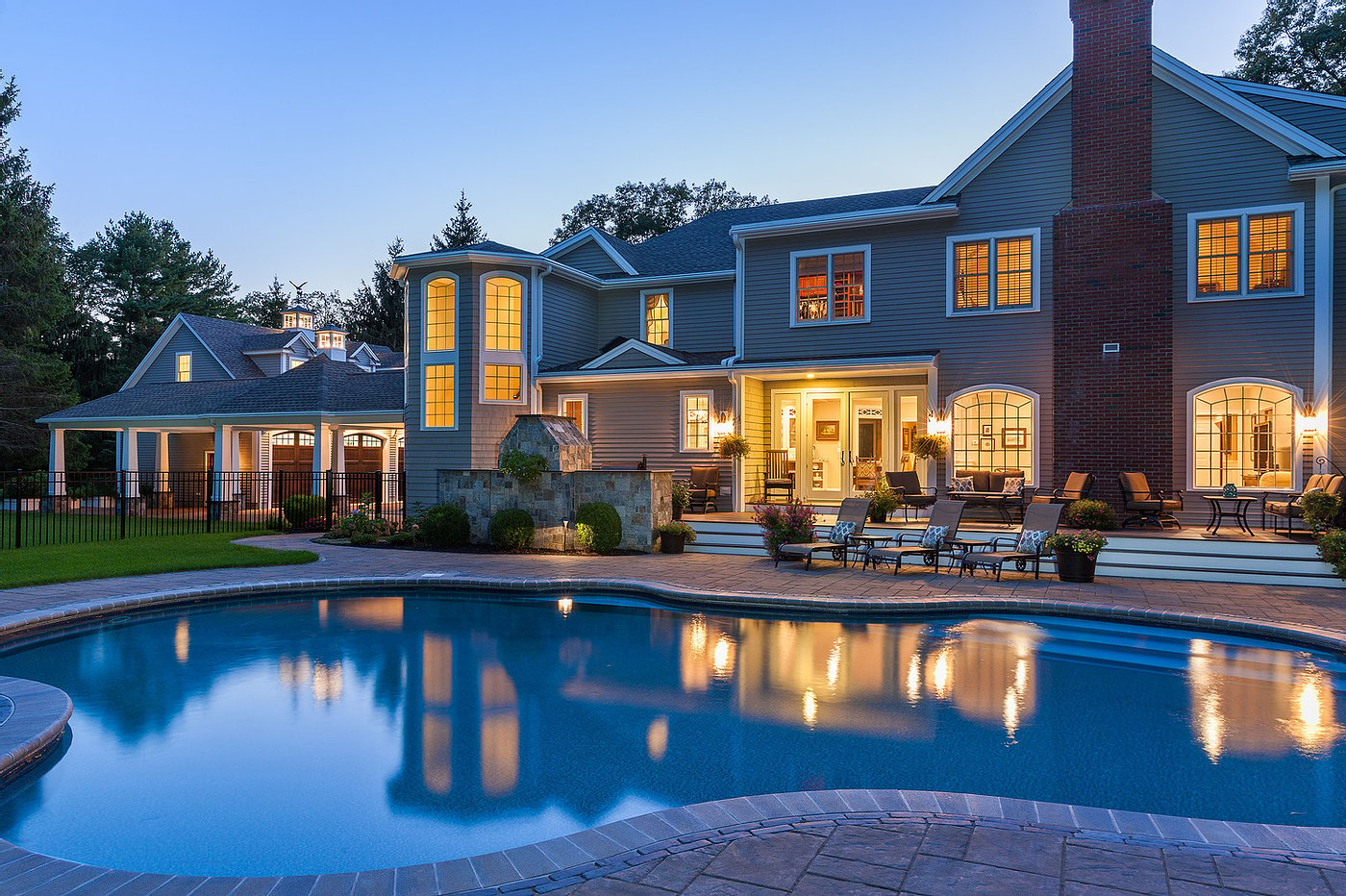
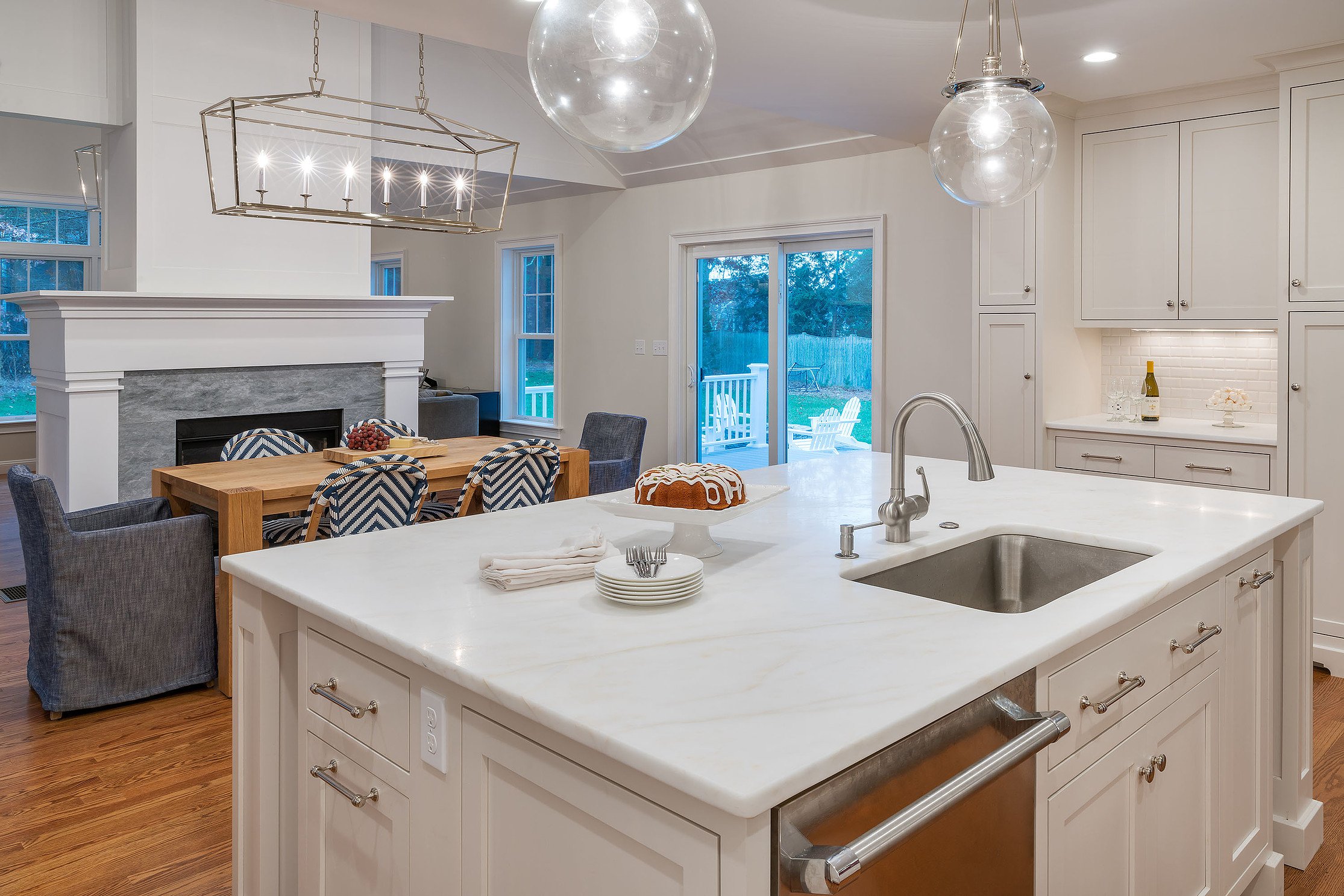
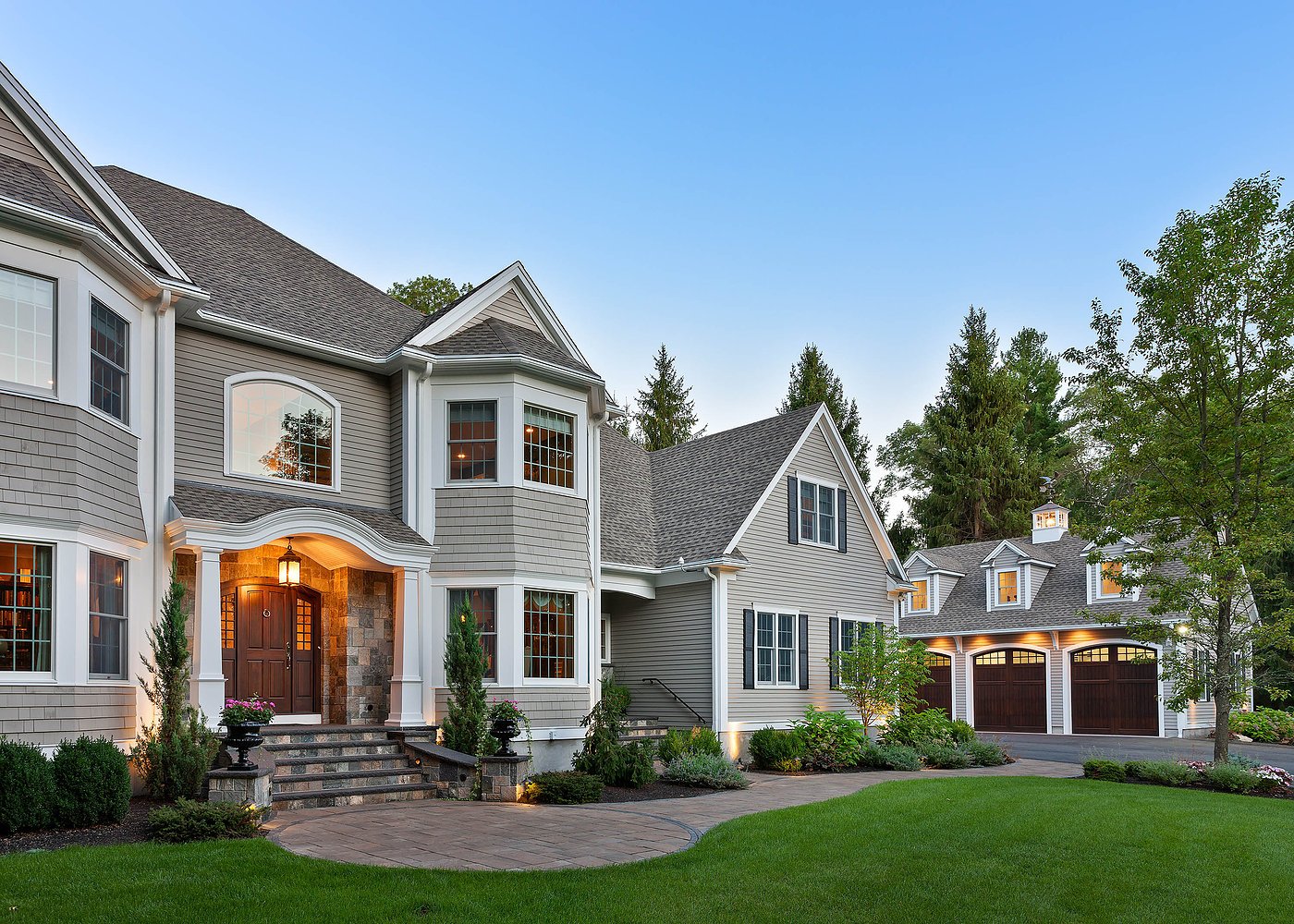
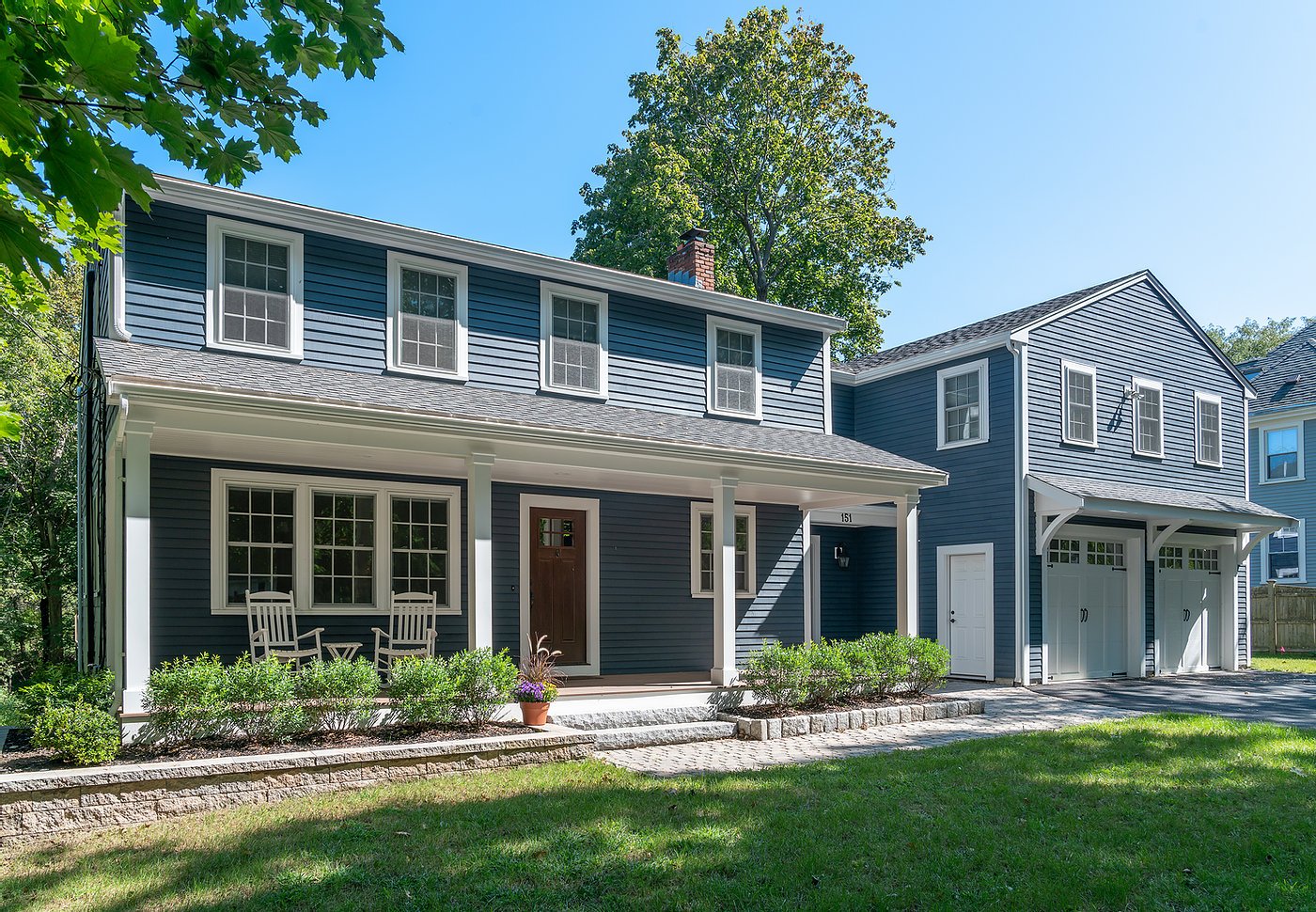
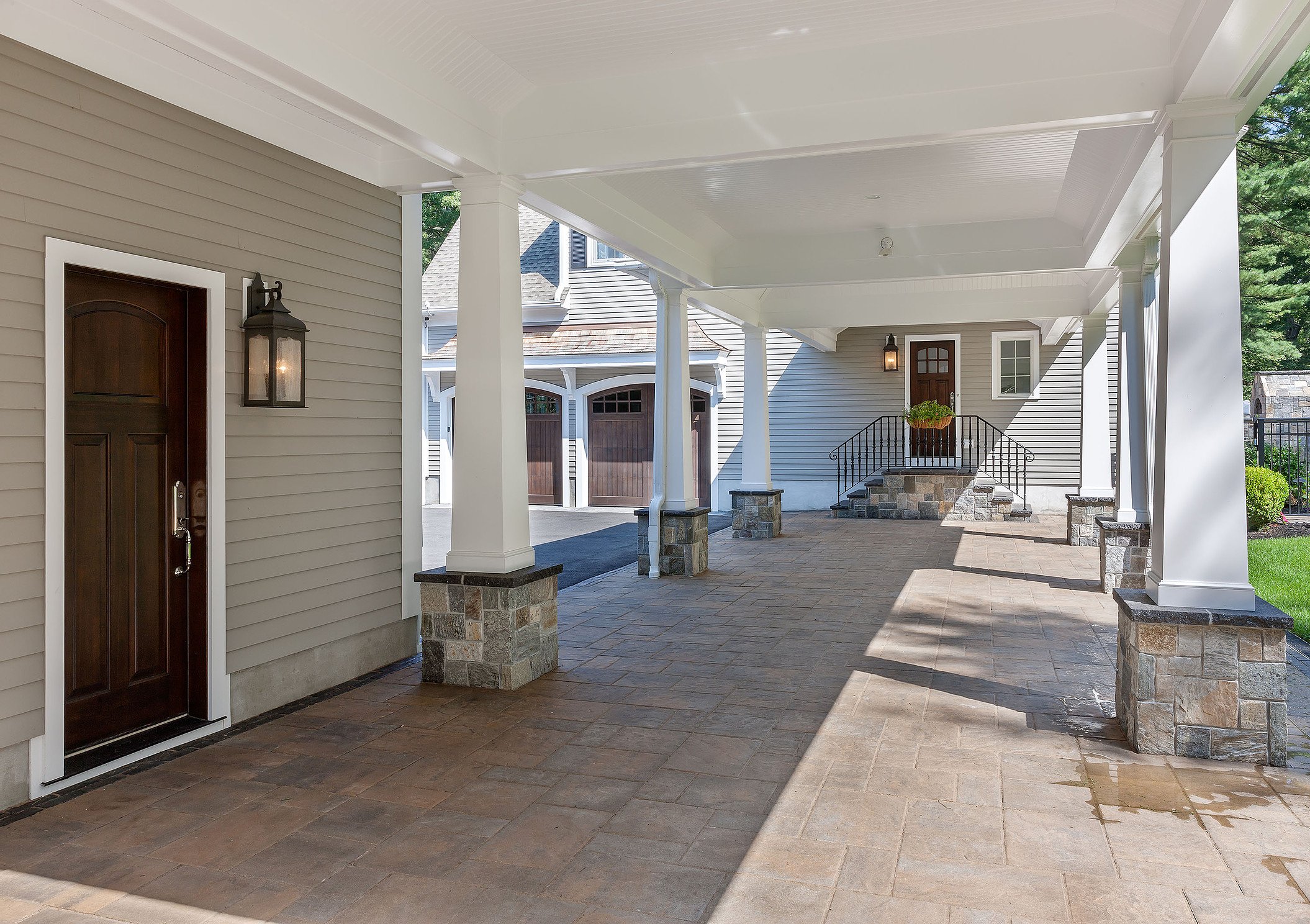
Leave a comment